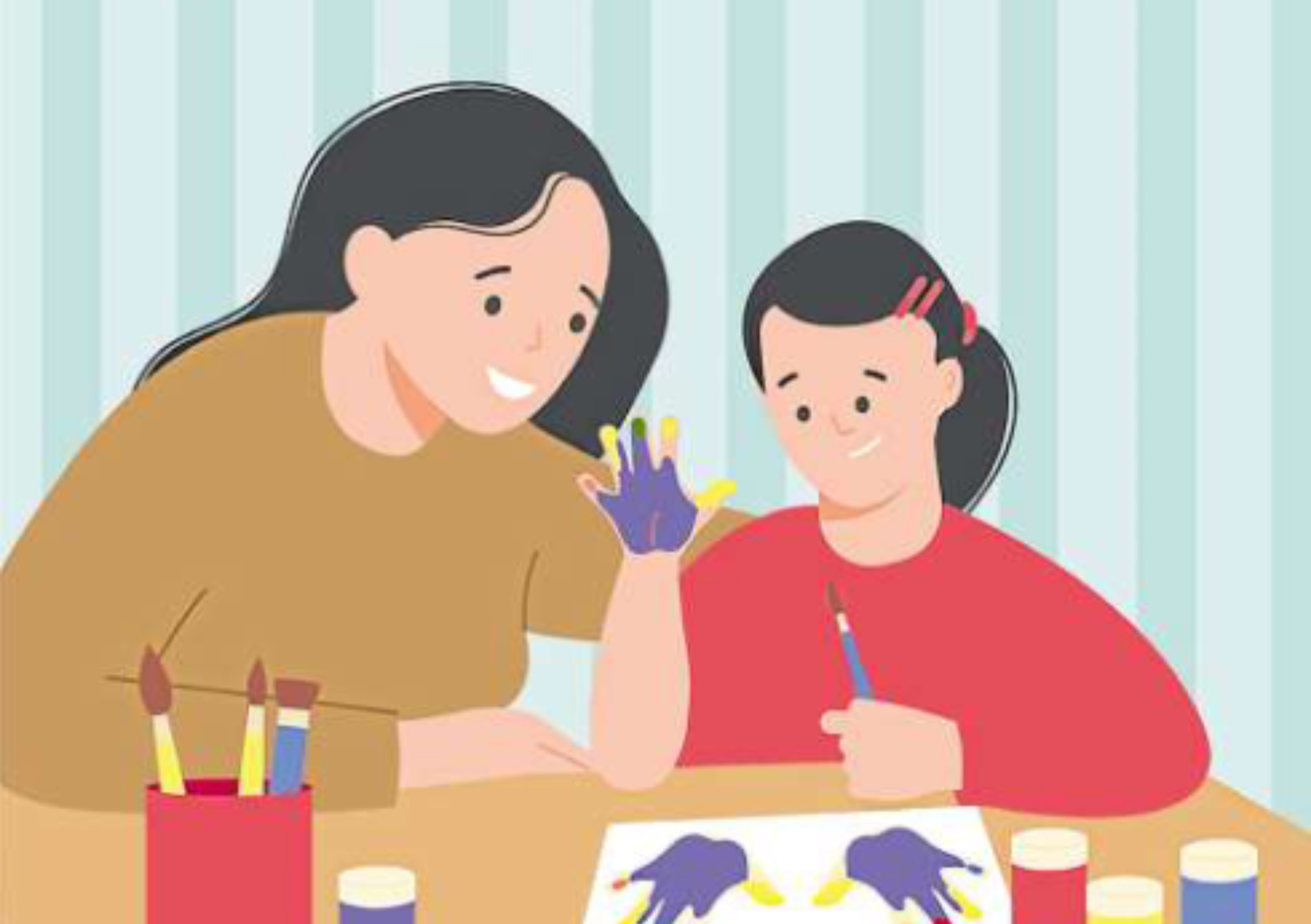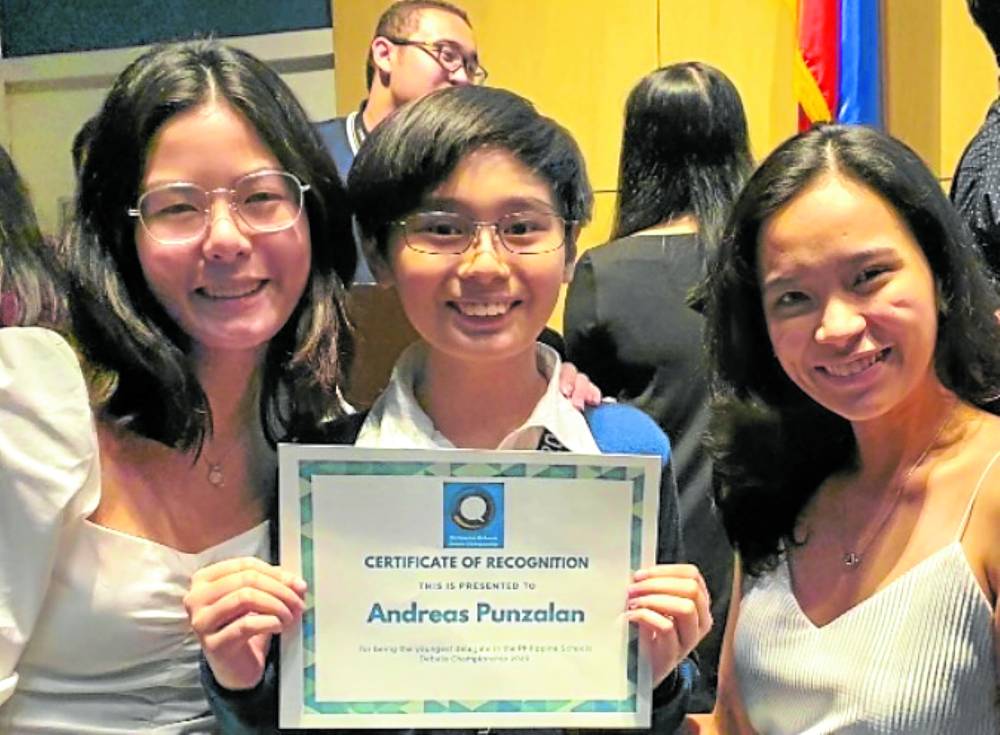At the moment, there are two things that are off the charts in our country: the incredible summer heat, and the election fever. Between the two, I can’t tell which is hotter!
Presidential elections always get everyone’s attention. And this is only fitting, as choosing the right leader for the next six years is never an easy decision.
Regardless of who we choose to vote for, one thing we all have in common is love for our country. Yes, elections can bring out the worst in people, but I like to believe it also awakens our patriotism.
Patriotism, not to be confused with nationalism, is one’s love for country; nationalism is more commonly associated with feeling of unity in terms of cultural heritage and language. We all express our patriotism in different ways—some on the street, others through their pen or vote, while most do so quietly in their everyday actions as good citizens.
Lately, I’ve been wondering if this is an automatic reaction, or a result of the way we were raised. Will our children have the same passion we do for our country? Our grandparents lived through the horrors of war and had to fight to keep our country free.
My generation experienced both the original Edsa Revolution (albeit as children) as well as Edsa Dos, as young adults.
Lifelong impact
Regardless of where we all stand now, it cannot be denied that participation in those events had lifelong impact; it sparks the flame of patriotism, or, at the very least, a certain interest in national events so that one can never remain apathetic to what is going on.
But as we become more globalized, and our children more exposed and likely to live and work in different countries, will they still have the same burning love for their homeland? Or will it be nothing more than a vague, quaint notion from a bygone era?
Perish the thought that any Filipino generation, or any nation for that matter, should ever feel this way.
But it is always better to err on the side of caution and assume that we must do our part to instill patriotism in the next generation.
- Teach our history.
Our history is full of exciting and inspiring characters and events which would make any Filipino proud. However, most of us never learn more than what we need for school exams. A quick look at the phenomenal hit movie, “Heneral Luna,” will tell us that our history shapes the world we live in, and what our future will be if we do not learn from it.
Help history become relevant to children by telling history through the experiences of your family or ancestor, or even the region you trace your roots to. For a history project in elementary school, we were once tasked to interview a relative who lived through the war and record (yes, using cassette tapes) the interview.
I interviewed my maternal grandmother and had over two hours’ worth of the most fascinating material. How I regret losing that tape, but I am thankful that I still remember bits and pieces, which I would love to pass on to my kids.
- Teach and make them understand the “Panatang Makabayan” and “Lupang Hinirang.”
Previous generations had events to teach patriotism the hard way. In the absence of more extreme circumstances, our children need to go back to basics.
Our Patriotic Oath and National Anthem are more than just required memorization pieces. The words carry such depth when discussed in the context of our history and deserve nothing less than full respect shown through an upright posture and by placing the right hand over one’s heart when singing “Lupang Hinirang,” or the right arm in a right angle to the body when reciting the Panata. Hats must be removed and phones are not to be touched.
Disrespect
- Respecting the Philippine flag
A recent video of a student using the Philippine flag as a mop shocked citizens, but more than the act, it was the disrespect that angered so many. Thanks to the freedom and peace we enjoy today, we all take our flag for granted.
But this should not stop us from teaching our children to act appropriately when handling the flag, reciting the “Panatang Makabayan,” or singing “Lupang Hinirang” before it.
- Keep children informed and involved.
Many events such as natural calamities and cases of injustice are not exactly normal discussion points for children. However, if we want them to understand the gravity or significance of these events, we can try to talk about them in age-appropriate ways so that as early as childhood, they understand that we are all affected by what happens, and must work together as one community.
- Significant historical places
It never ceases to amaze me how many historical places we have in our country. Whether you go north or south, you will surely find a beautiful cathedral from a long-gone era, a bell tower that served as watch point for Filipino guerillas against Spanish or Japanese soldiers, or a monument dedicated to a hero born in that province or a plaque commemorating a special and significant event.
But you need not go far. A trip to Luneta and a walk around Manila with Carlos Celdran is more than enough to make history come alive.
Everyone has his own way of imparting patriotism to the next generation. Hopefully, our children will grow up and live in peaceful times that will never test the depths of their patriotism. But even in quiet times, may they grow up with a deep love for their country and understand that they are a part of this society, both the good and the bad in it.
If we can raise them this way, we can be sure that they will be responsible patriotic citizens who will raise our country to new heights.







































